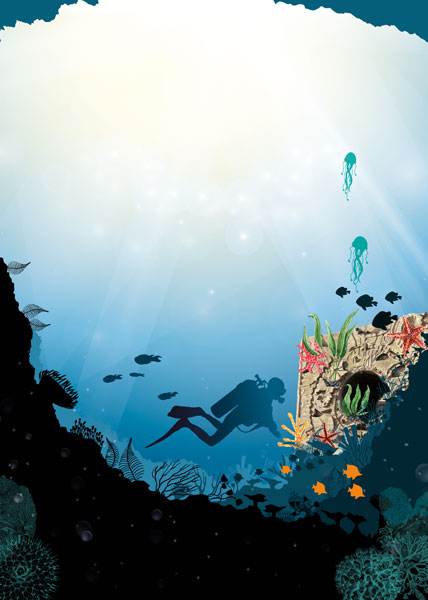Phytoplankton

Phytoplankton (or algae) doesn’t always get the recognition it deserves but it is in fact responsible for producing 50% of the world’s oxygen. Just like land plants, these microscopic, ocean-dwelling plants use photosynthesis to grow and in turn play a vital role in the ‘nutrient cycle’ of carbon, nitrogen and phosphorus.
They’re also an indispensable part of the ocean ecosystem as they form the base of the aquatic food chain. They provide food for small fish and crustaceans who in turn provide food for larger fish, sharks and whales.
Although phytoplankton is a total wonder organism in many respects, there can, unfortunately, be too much of a good thing. A problem arises when our waters become overrun with an excess of nutrients as a result of human activity. Things like agricultural runoff or poorly managed sewage can lead to excess nitrogen and phosphorus in our waters which the phytoplankton then feed on. As a consequence the algae will bloom, causing a thick mat of algae on the water’s surface. This can be devastating for ocean life as the algae mat reduces oxygen levels in the water and contains high levels of toxins, causing fish and other aquatic life to die. It simultaneously poses a threat to humans, pets, wildlife and livestock as it contaminates our drinking water, the water we swim in and the air we breathe.
Too often we are looking for the ‘silver bullet’ to revitalise the natural world, but a look at the mighty phytoplankton reminds us that ecological balance is vital.



